artworks, artists and exclusive offers. Sign up now
[NEWS] Tatsuhito HORIKOSHI portrays a chaotic, yet neutral world
APRIL 10, 2020
By Ungyu Yeo
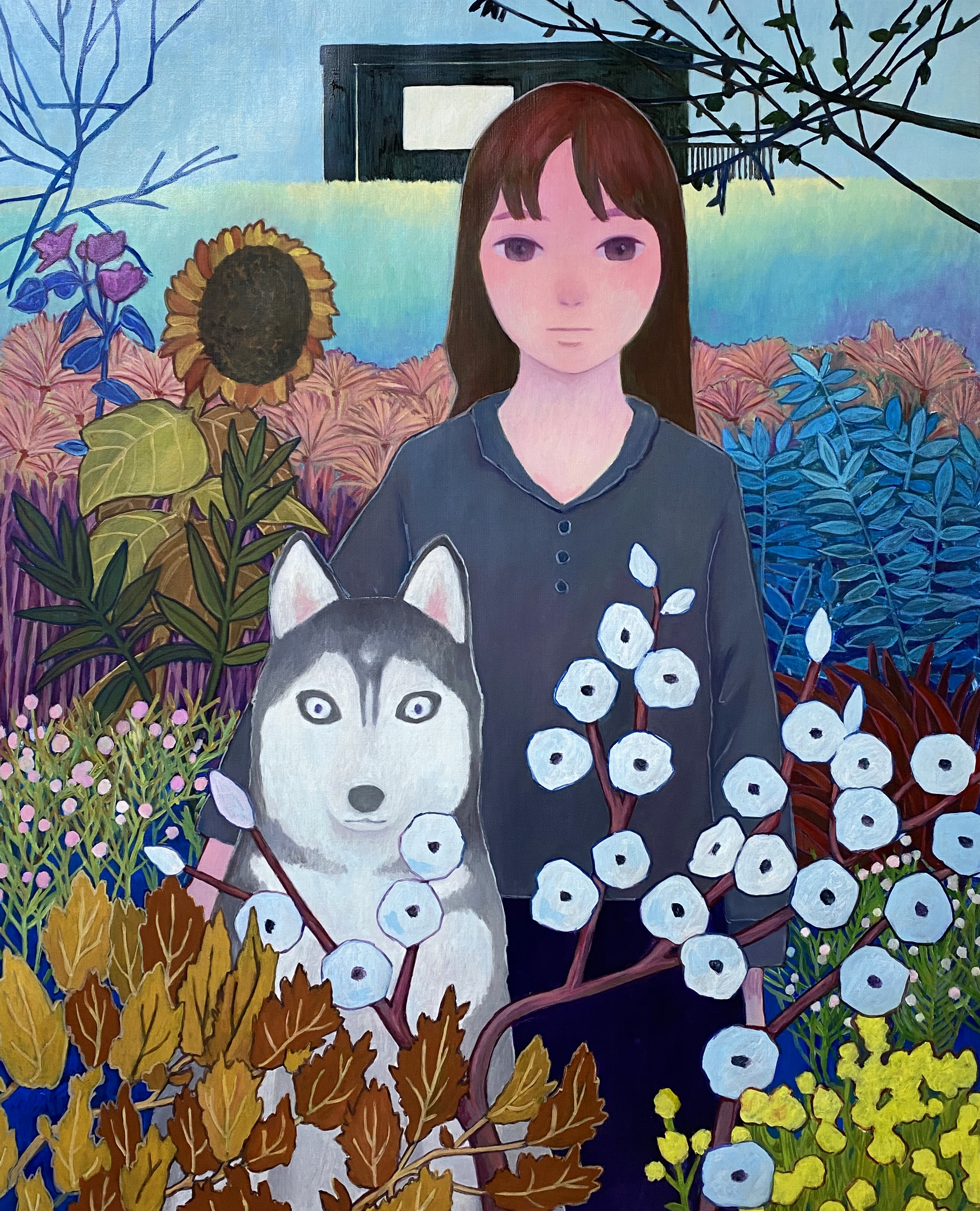
Photograph: A2Z Art Gallery
“The reason I draw young people is because I am interested in their optimism, purity and cruelty of ignorance. It's almost as if they are unstoppable superheroes. I am drawing them as role models for a younger me to aspire towards. I admit I am projecting myself onto them.” As a child Horikoshi developed what he called, “a beautiful outlook on life”. Whilst this might seem positive, this was a reality that nobody seemed to understand and the fact that he didn’t have anyone to share this emotion with, caused a powerful sense of sorrow resulting in profound introspection, which evidently resonates deep within his subjects. This sensitivity; being able to identify with his true feelings, as young man, who came to terms with being gay, conduced a state of sadness that can be found at the center of his works.
“It's not that being gay is the most important part of my identity. I've been trying actively to avoid that sort of thing. I am hopeful that the young people of today have within them an amazing power to look into the future, and this will have a positive impact to the world as we have known it.” For the exhibition,『Happy City』,the artist depicts youth in the city. The works are born out of a deep-rooted and perhaps childish love for the city. This is indeed a love that wholly exists within the artist psyche, manifesting when he often walks through the urban streets, thus expounding a powerful source of artistic inspiration. Horikoshi adores the city for it being a place where people, plants, animals, and urban infrastructure all coexist in a friendly and symbiotic relationship.
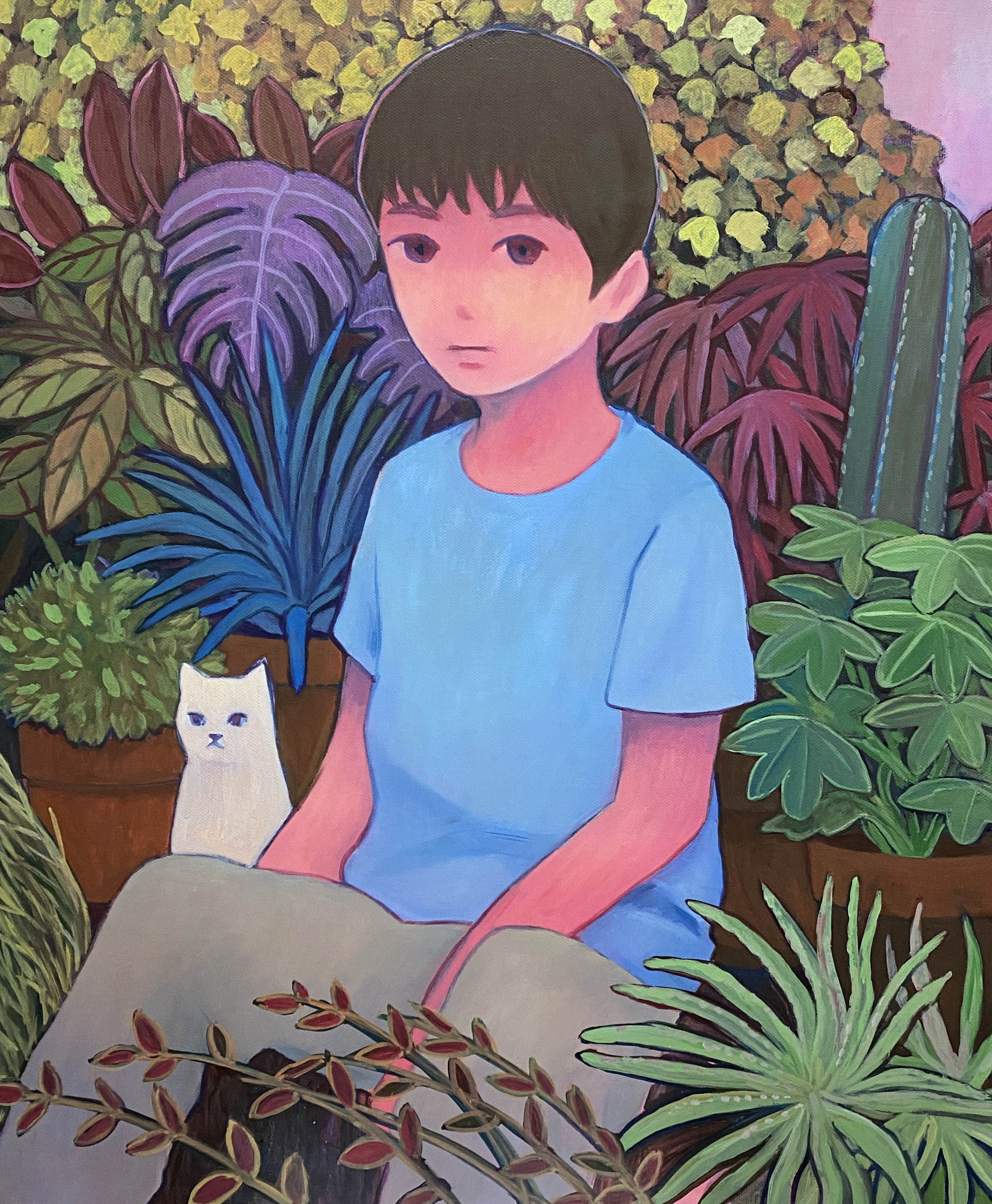
Photograph: A2Z Art Gallery
In this new body of works, Horikoshi portrays a chaotic, yet neutral world. It is through personal experience, he became self aware that living in an urban environment can positively impact one's life greatly. The x and y generations living in Hong Kong may well seem the same as the youth living in Japan, but they are in many ways, completely different. On hearing about the protests in Hong Kong, this made the artist all too aware of this. “I think if I stayed in the countryside because of my sexuality, that it would have been extremely difficult for me socially. Therefore I put all my feelings into my works; wanting the city to be a happy place for everyone.”
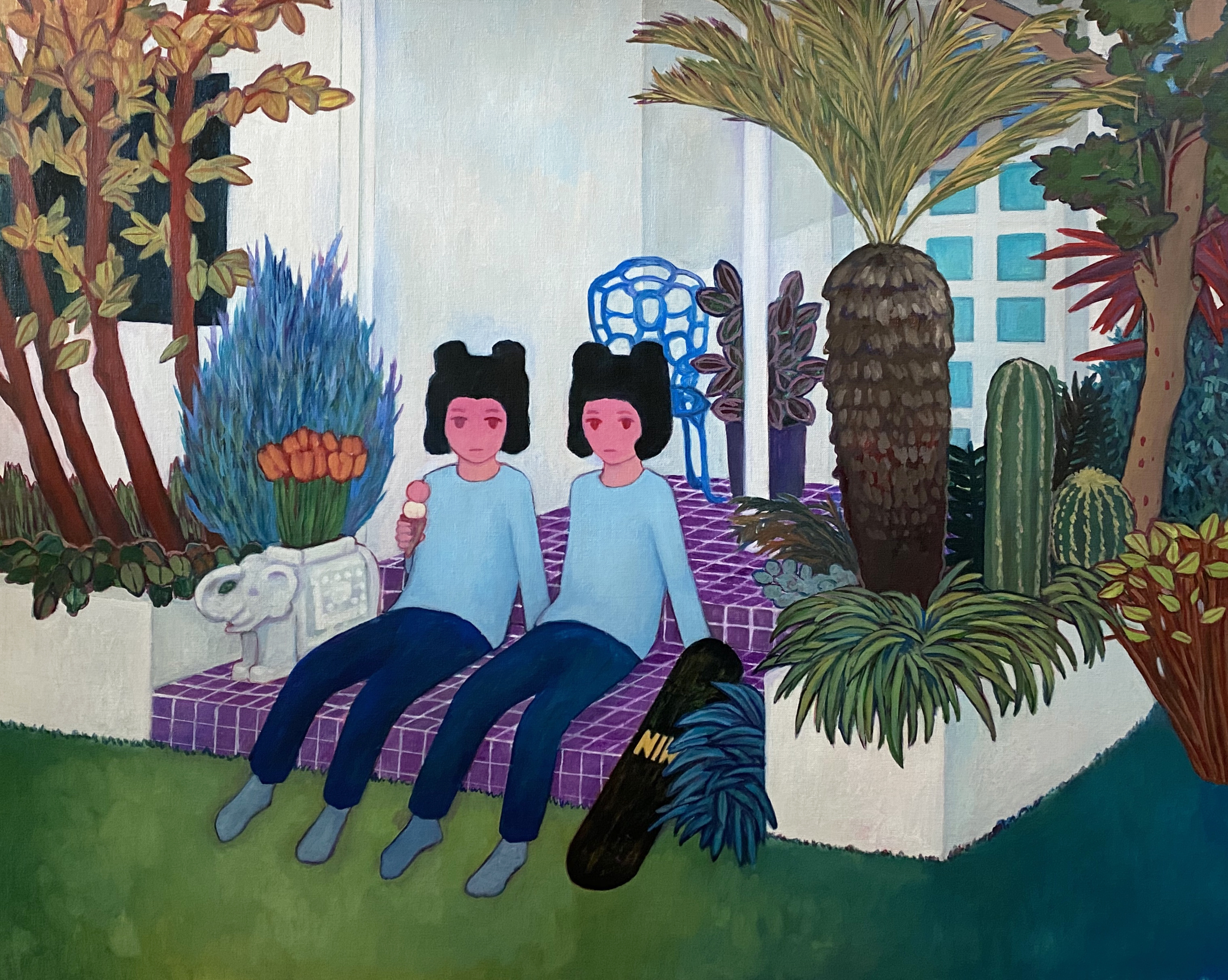
Many people point out the artists influence of manga and anime in his artworks, and if he were to name the biggest influences it would have to be shoujo manga in particular. Shoujo manga tends to have love as a central theme, with a focus on the psychology of the characters. More often than not, manga portrayed a progressive view of gender, and reading such works when he was young brought on feelings that he wasn't actually alone in the world. Therefore his drawings took on a very sensitive, emotive and beautiful narrative, as he was heavily influenced by his inspirations. This is evident in his character designs that we see to date.
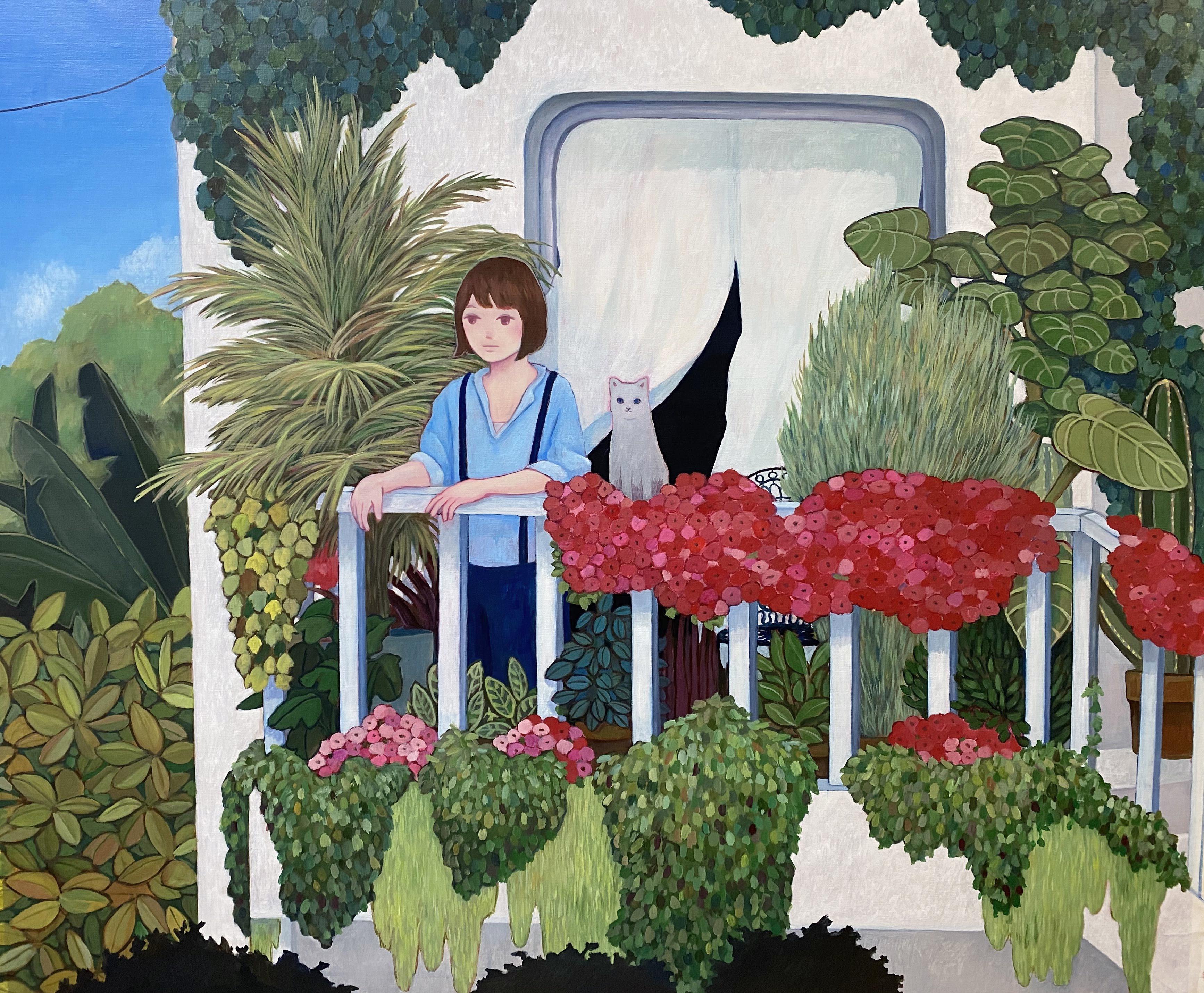
Tatsuhito HORIKOSHI received a scholarship in 2005 and graduated with a Master of Fine Art from the Tama Art University in 2010, with a major in painting. Since then annually, he has held solo exhibitions consecutively in Japan and in 2019 held a solo exhibition in Taipei. The artist has also exhibited in group exhibitions and international art fairs in Paris, Korea, Hong Kong, Taipei and Japan. Working from memory and imagination, Horikoshi uses portrait painting as a medium to introspectively examine and reflect social dynamics. His characters are lucidly influenced by his lifelong exposure to manga, animation and illustration. The facial features are 2D, it is apparent that neither his conscious nor his subconscious competence will allow him to draw anything but relatively flat manga-like portraits. When the artist paints a self-portrait, this is never obvious, as he will use disguises and his characters often display awkward posture or setting with abstract objects or a prop that leads to an underlying narrative.
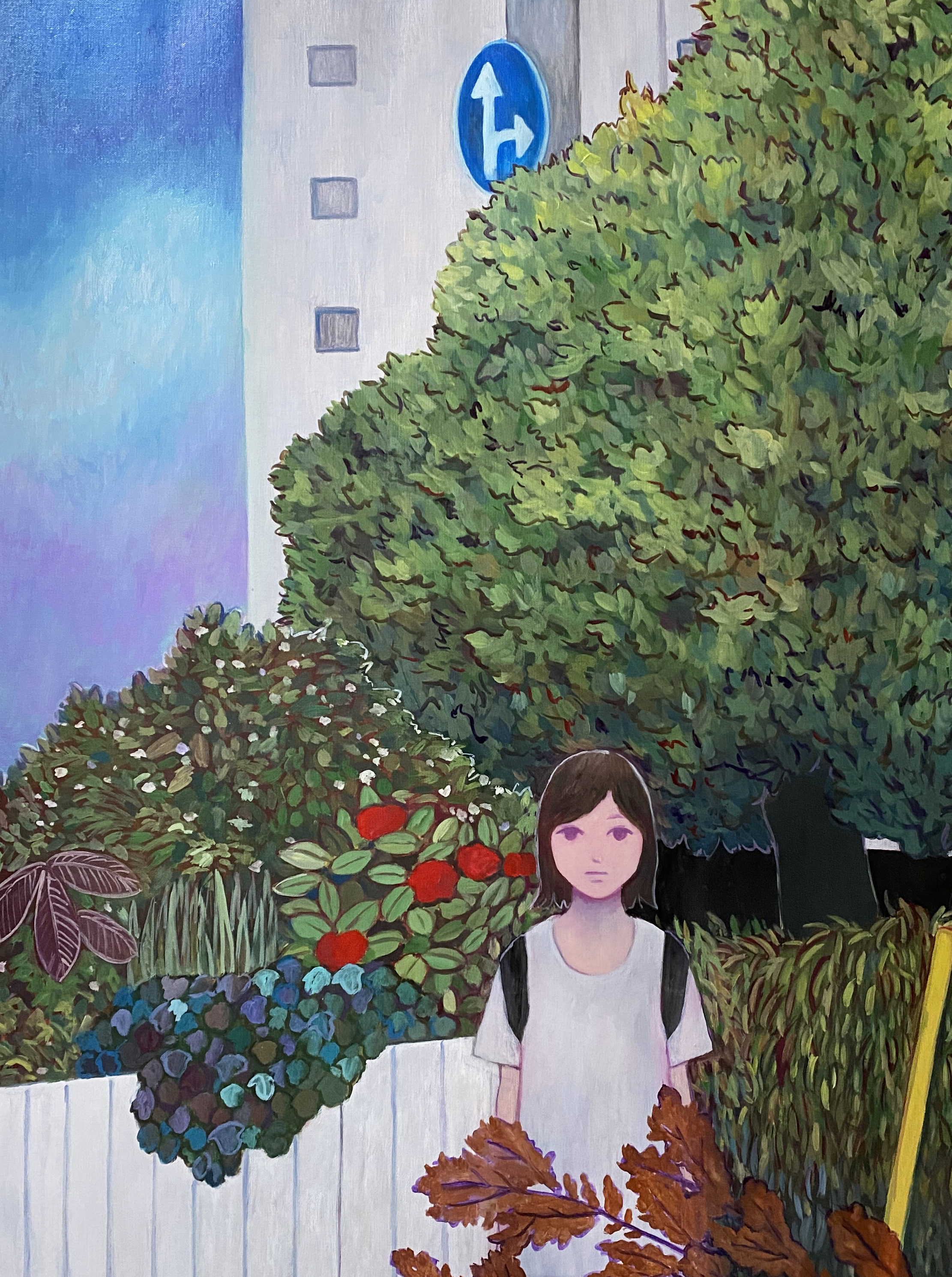
Gathering his inspiration from hedonistic elements of society, he avoids popular culture whenever possible. His artworks represent a gentle quality as well as a revolutionary spirit. The portraits have the essence of photographic portraits. Either headshots or family pictures the characters are framed and positioned with figure[s] in the foreground, emphasising the look and feel of a profile picture or portrait photo. The artist’s fondness for photographs comes from the emotional reaction when looking at a photograph, a reaction he rarely experiences when looking artworks and keeps this firmly in mind when working on his paintings.
Horikoshi opts to draw his characters to exist with bodies that often have an air of indistinct and ambiguous figuration. This echoes his introspective feeling to our human foundations in society.
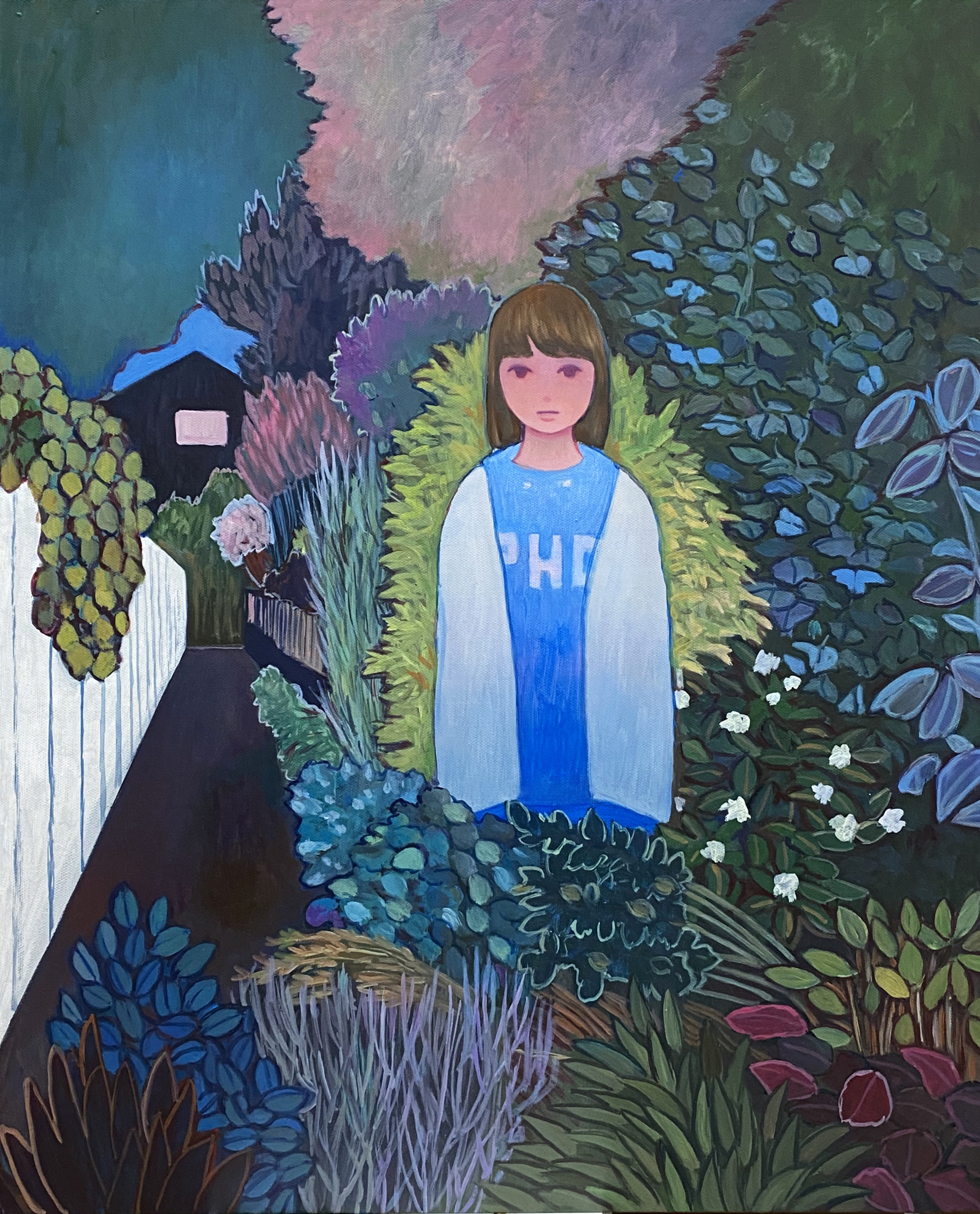
Are we happy with our personality or are we striving to please others. Do we ultimately want to be someone else? His artworks do express sorrow to some extent, yet each portrait has a complex and ambivalent idea the artist was originally driven by to create the work, reacting to a primal impulse. Although his portraits can be sorrowful, his characters have an air of stylishness. His artworks are a reflection of the artist inner vision of himself, who he believes his really is. One can understand his core feelings by studying his work.
Taking on loneliness in modern society, the artist finds himself looking inward, while making a conscious effort to avoid subjects of disparity. His artworks are relatable, scratching the surface of social conditions; the narratives often have a potent emotional quotient and reflect distinct aspects of society. Through this process we are able to see results that tell stories of the pure and impure. Horikoshi mindfully embodies his portraits with the souls of the more enlightened of people he has met or admires and also comments on the impure in this theory. When studying this reality, the viewer can share in his introspective universe.
“When I look at my own work I am always very careful and try to be as objective as possible. As all sorts of outrageous happenings are going on in this world, I still try to maintain a distanced attitude towards it and possibly isolate myself from it. I would say it is quite similar to being completely alone in the midst of a chaotic tornado. Such emotion serves as an exceedingly important factor to the making of my works.” Tatsuhito Horikoshi.

| Prev | [NEWS] Alon Zakaim Fine Art's VR online exhibition - Picasso on paper |
|---|---|
| Next | [SHOWS] Bharti Kher The Unexpected Freedom of Chaos @ Galerie Perrotin, New York |
| List |